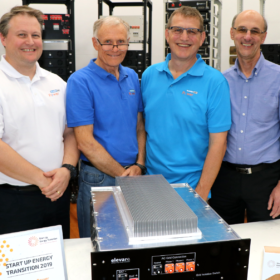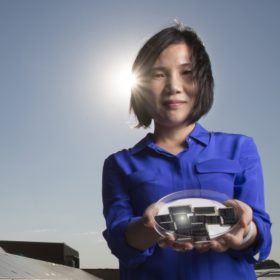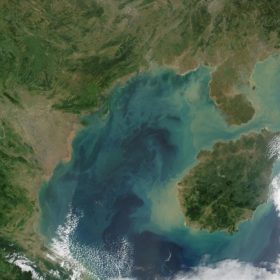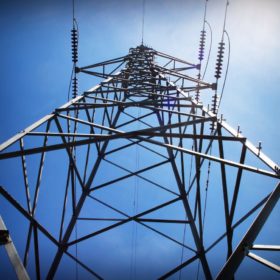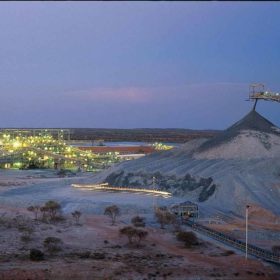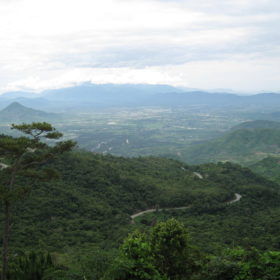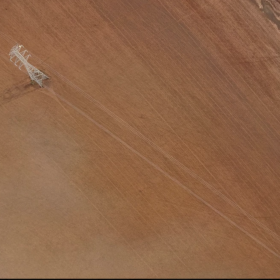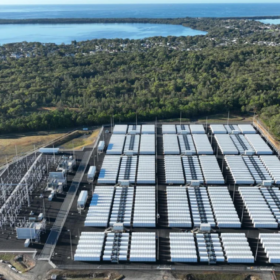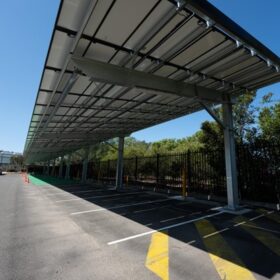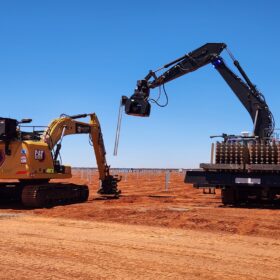Planet Ark Power smooths the way for urban solar farms
Voltage regulation creates challenges for grid operation, particularly at high penetration levels of solar and other distributed renewables. Fresh being recognised as energy transition pioneers at the recent Startup Energy Transition (SET) Awards in Berlin, Planet Ark Power and its behind-the-meter technology is looking to dynamize Australia’s, and the world’s, energy grids with distributed clean energy.
Two top solar innovators honoured at national engineering awards
Two UNSW affiliated solar engineers have been honoured as some of the country’s most innovative engineering minds at the annual Engineering Australia award ceremony this week for their work on ground-breaking solar solutions.
Grid data transparency vital to making the case for renewables in Vietnam
With a glut of solar capacity having come online this year, cheaper financing would help keep some of that momentum but policymakers cannot be persuaded of the economic benefits of clean energy unless state-owned utility EVN opens up.
UniSA research finds batteries make economic sense in South Australia
Under the right conditions, solar batteries are economically beneficial for South Australian homeowners and can pay for themselves off within the warranty period, a new research finds.
AEMO: Australia will need 15 GW of utility-scale storage by early 2040s
Increased storage and strategic transmission development will be needed to ensure the lowest cost and risk transition of Australia’s energy system, the Australian Energy Market Operator states in its latest study. In 20 years time, the need for storage will be at a scale not seen before in the NEM, and both pumped hydro storage and distributed storage are set to play major roles in lowering wholesale electricity prices and building a reliable and resilient power system.
2019 shaping as watershed year for renewables in resource sector
As one of the most energy-intensive industries, the resource sector is getting serious about integrating cheap wind and solar energy into its mix to boost bottom lines. Although still predominantly underpinned by gas or diesel, mine operations are increasingly deploying hybrid solutions pointing to the potential of the sector transitioning to 100% renewables – particularly as momentum builds for green hydrogen to play a role in future microgrids.
‘Turbocharging’ silicon PV: MIT scientists scratch the surface of singlet exciton fission
Scientists at the Massachusetts Institute of Technology have developed a device they say could “turbocharge” a single-junction silicon PV cell, pushing the technology beyond its theoretical limit to efficiencies of 35% and higher.
ZEN Energy readies to build 2.3 MW rooftop solar array at Tonsley
The first phase of a 6 MW solar array planned to power a former car manufacturing site at Tonsley in Adelaide will be delivered by ZEN Energy. The solar installation will ultimately work in conjunction with on-site battery storage and smart technologies as part of Enwave Australia’s Tonsley District Energy Scheme.
Vietnam overtakes Australia in commissioned utility PV following June FiT rush
Norwegian consultancy Rystad Energy has placed Australian and Vietnamese solar markets side by side and found the Southeast Asian country has left Australia behind in terms of commissioned utility-scale PV capacity. A staggering 4,460 MW of connected PV capacity in Vietnam at the end of June came as a surprise to many.
South Australia gives 500 MW solar farm coupled with 250 MW battery go-ahead
One of Australia’s largest utility-scale solar arrays and the biggest energy storage facilities was given a tick of approval.
